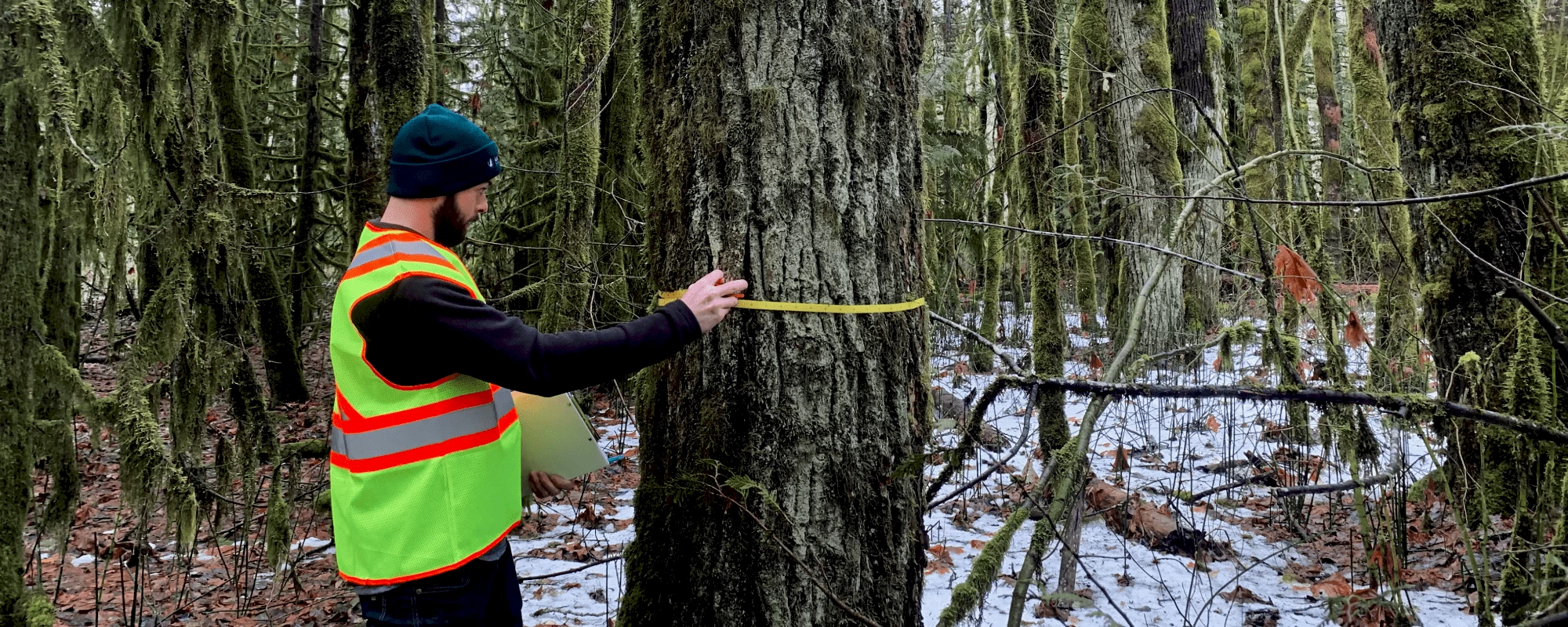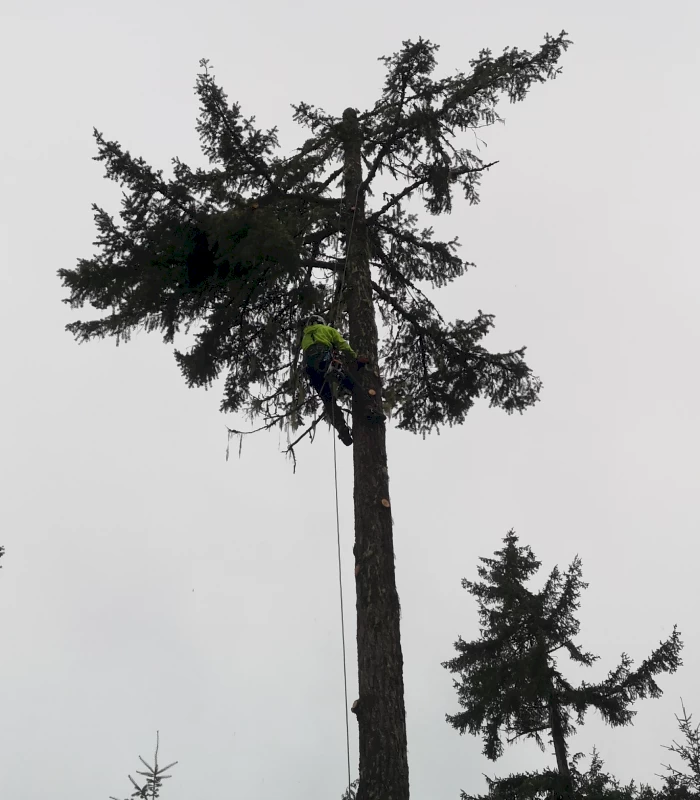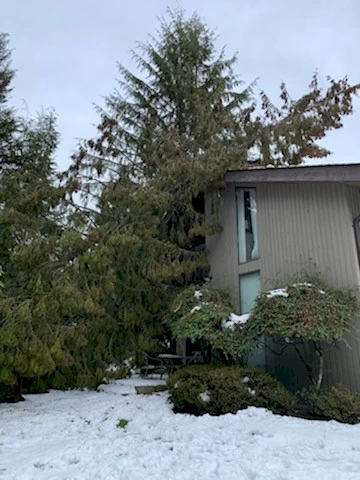Hazard Trees
Do you have questions about hazard trees? We're here to help! If you're concerned, please contact us today.
Hazard tree care is a critical aspect of maintaining the safety and health of your trees. Hazard trees are those that pose a risk to people or property due to their condition or location. In this blog post, we'll explore the importance of hazard tree care, how to identify hazard trees, and the steps you can take to ensure the safety of your property and the people around it.
Identifying Hazard Trees
Hazard trees can be difficult to identify, but there are several signs to look for. These signs include:
Dead or dying branches or trees
Cracks or splits in the trunk or branches
Leaning or tilted trees
Signs of decay, such as fungi or hollow areas in the trunk or branches
Trees located in areas where they could fall on people, buildings, or other structures
If you notice any of these signs, it's important to take action to address the hazard tree.
Importance of Hazard Tree Care
Hazard trees can pose a significant risk to people and property, especially during severe weather conditions such as high winds or heavy rain. By addressing hazard trees, you can help to prevent accidents and minimize damage in the event of a storm or other natural disaster.
Steps for Hazard Tree Care
Inspect Your Trees
The first step in hazard tree care is to inspect your trees for signs of hazard. Look for signs of decay, dead or dying branches, cracks, or any other signs of damage that could indicate a potential hazard.
Assess the Risk
Once you have identified a hazard tree, it's important to assess the risk it poses to people and property. This can involve determining the likelihood of the tree falling, as well as the potential impact it could have on any nearby structures.
Take Action
If you identify a hazard tree, it's important to take action to address the problem. This could involve removing the tree entirely, or taking steps to reduce the risk it poses by pruning branches or stabilizing the trunk.
Regular Maintenance
Regular tree maintenance is also an essential aspect of hazard tree care. This can involve regular pruning to remove dead or diseased branches, as well as monitoring the health of your trees and addressing any potential hazards as soon as they arise.
In conclusion, hazard tree care is an essential aspect of maintaining the safety and health of your trees. By identifying hazard trees, assessing the risk, and taking action to address potential hazards, you can help to prevent accidents and minimize damage to people and property. Regular tree maintenance is also an important part of hazard tree care, helping to keep your trees healthy and minimize the risk of hazards in the future. So, if you notice any signs of hazard on your property, be sure to take action to address the problem and keep your property and the people around it safe.






